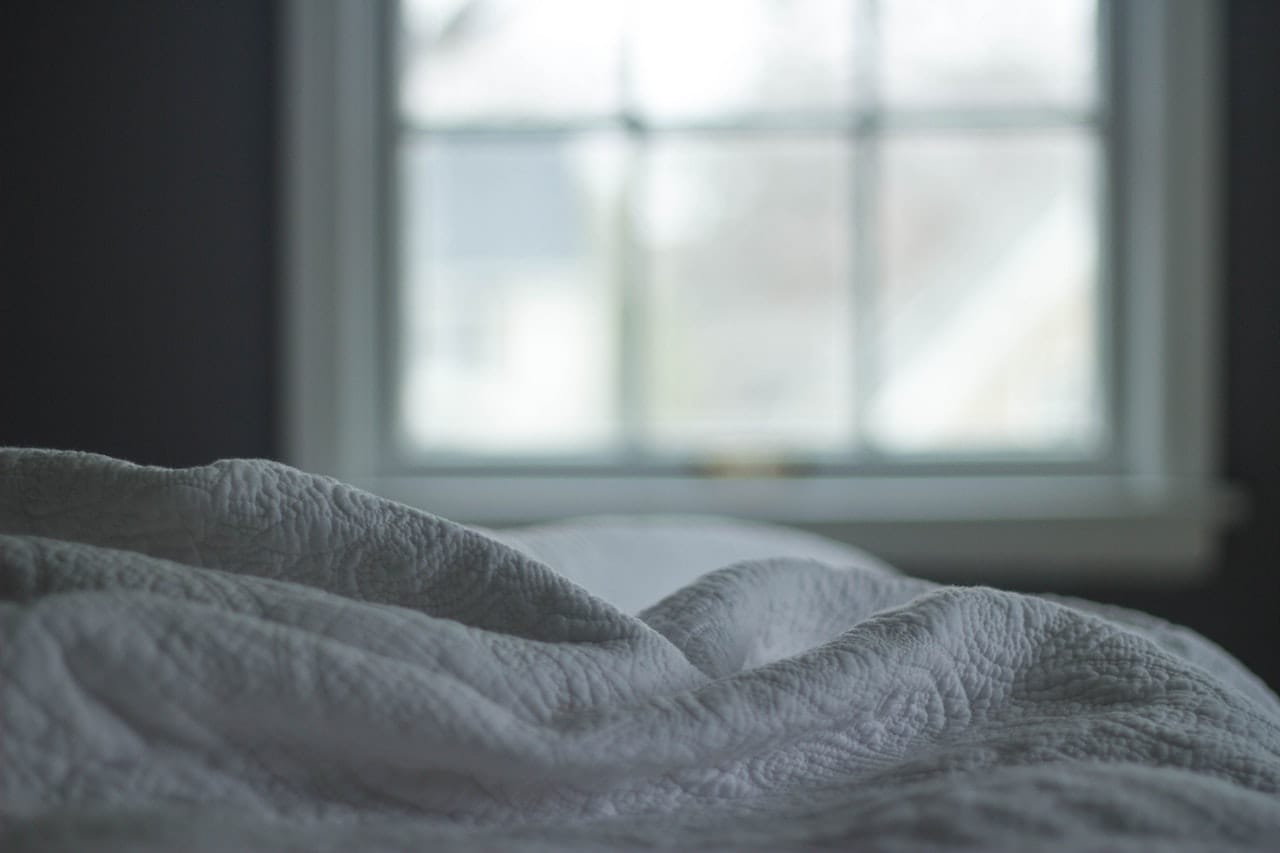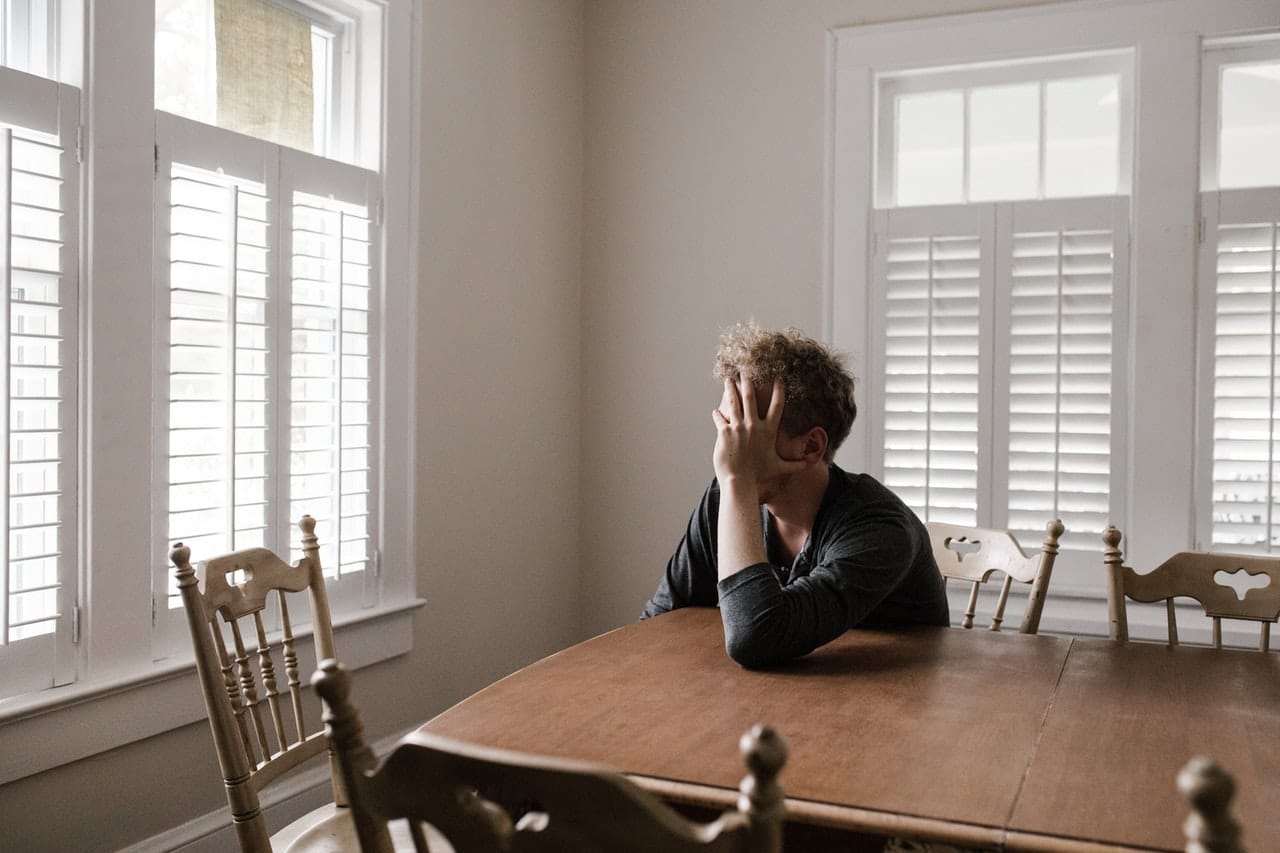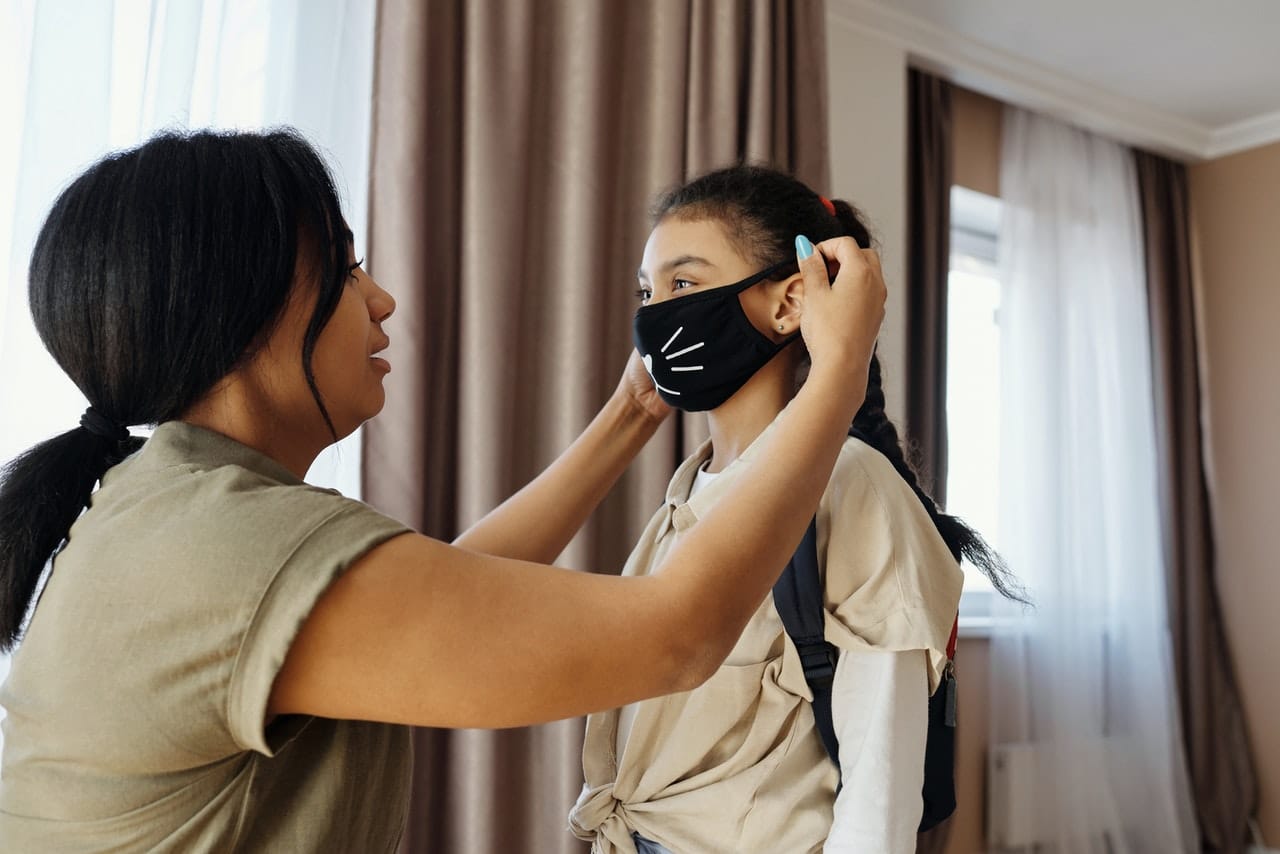This isn’t about getting sufficient shuteye to avoid the dreaded baggy eyes. No, poor sleep is associated with a host of conditions that would make the typical health insurer wince.
Whether it’s heart problems, diabetes or high blood pressure - the list could go on.
Unfortunately, sleep can be more challenging to control in the summer months. The days are longer, ultimately making the nights shorter, and the result is natural light wreaking havoc with your patterns.
Today, we will take a look at some of the classic ways to combat this and ultimately get your sleep schedule back on track.
The power of a darker room
It sounds obvious, right? The problem is that most blinds and curtains are perfectly acceptable in winter, but as soon as early morning sunlight starts to occur, they’re barely fit for purpose.
Take a look at some of the blackout blinds and curtains on the market - they’re not as expensive as you might think, and they can make a big difference. Suddenly, you won’t be woken up by natural light stretching between your window dressings; instead, it’ll be the abrupt sound of your alarm clock!
At this point, it’s worth highlighting that while waking up ”naturally” with the light does tend to be easier, it’s hardly practical when the sun starts to rise in the early hours.
If you don’t want to invest in new window dressings, or if they’re not practical in your situation, then a sleep mask is worth considering as an alternative.
Manage your room temperature during the day
As well as the light issues, another problem that many of us find is sleeping in a hot, sweaty room. Again, it hardly promotes that perfect night’s sleep.
This is where a little pre-planning is required, and it again revolves around your window dressings. Try to keep them closed throughout the day to stop that heat bleeding into your room, making it unbearable in the evening.
Make sure you have the right type of duvet and pillows
Unfortunately, not all bedding is equal. Some materials, such as feathers and down, are far better at regulating temperature than others.
If you find that you’re regularly waking up in a pool of your own sweat, it might be worth looking at what you’re sleeping under.
Establish a bedtime routine
This is often recommended for children, but it can be just as effective for adults.
The process is simple; by having a set routine that you follow every night, your body will eventually start to associate certain activities with sleep.
It might be something as simple as having a bath or reading a book, but the key is to make it something you do every night without fail.
In truth, this is something that can occur all year round. However, as we’ve already established, having that bedtime routine to fall back on during the summer’s difficulties can make all the difference between a good and a bad night’s sleep.








